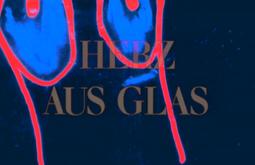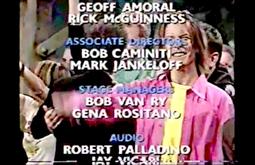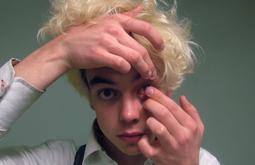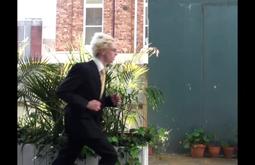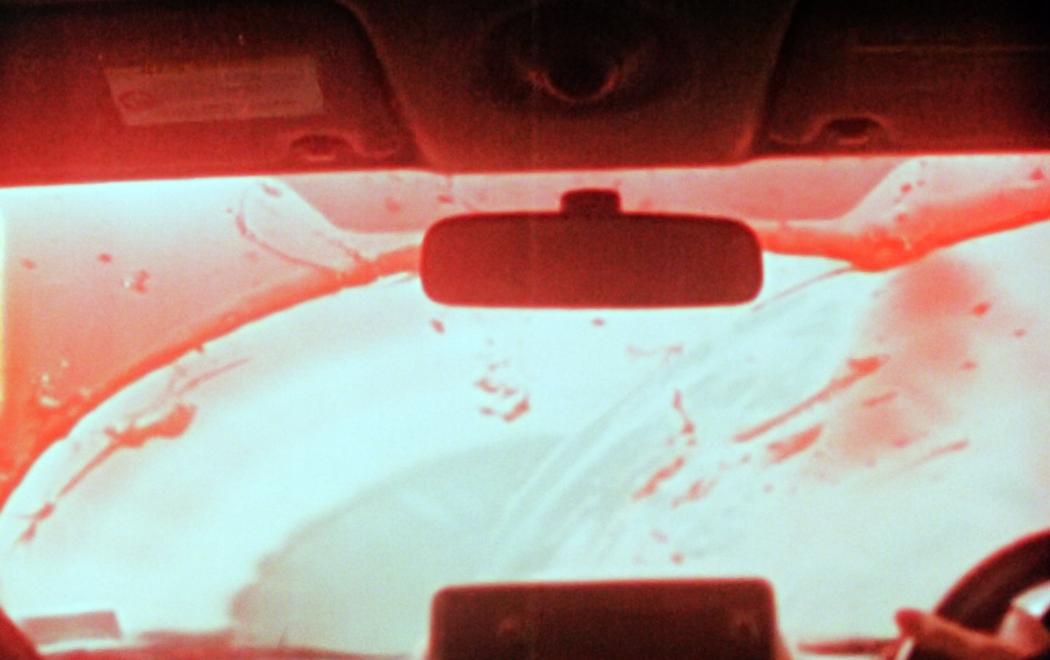Note: this work loops twice
"Cujo (1983, dir. Lewis Teague) is a tense and claustrophobic horror film based on a Stephen King novel. A mother and her young son are trapped inside a car at the mercy of rabid Saint Bernard, as the blazing sun threatens them with heatstroke. This is a horror of the everyday. The monster is not supernatural or demonic—it is a beloved family pet turned feral and nightmarish.
Like the protagonists in Cujo, Theo Macdonald and his partner just wanted to get home safely, but a dog stood in the way. They were attempting to return to Aotearoa during the COVID-19 pandemic, but due to the country’s biosecurity regulations their beloved pup Jerry had to be left behind to undergo strict quarantine procedures. This included elaborate blood testing to measure the effectiveness of his rabies vaccine, to protect Aotearoa's rabies free status.
As an artist interested in frameworks of nationhood, border politics and horror movies, Macdonald began making a work that melded these real and fictional events. The spinning motion of the car references the innovative cinematography of the original Cujo film, which included a spinning camera, a ‘snorkel’ lens and an actor in a dog suit.
Macdonald’s DIY version traps them all in a perpetual loop, referencing the circular logic of fear, biosecurity as conceptual border, and the unending nightmare of bureaucracy.
Shot on Super 8mm film like an old home movie, Macdonald’s work picks up where Stephen King left off. The film softened the original ending of the novel, where the child dies despite his mother’s heroic efforts. Through the motif of the family pet, Cujo 2 can be seen as a meditation on how nations manage our fear of things both real and imagined."
- From the exhibition text accompanying Cujo 2's inclusion in The Brood (curated by Curator of Screams) at The Dowse Art Museum (2025)
